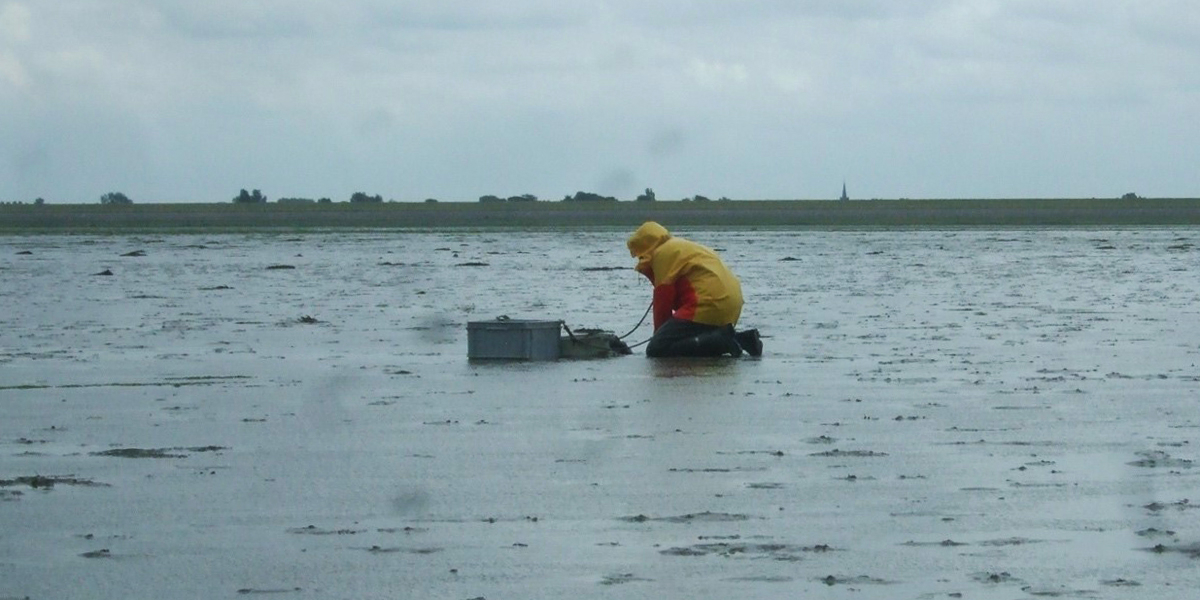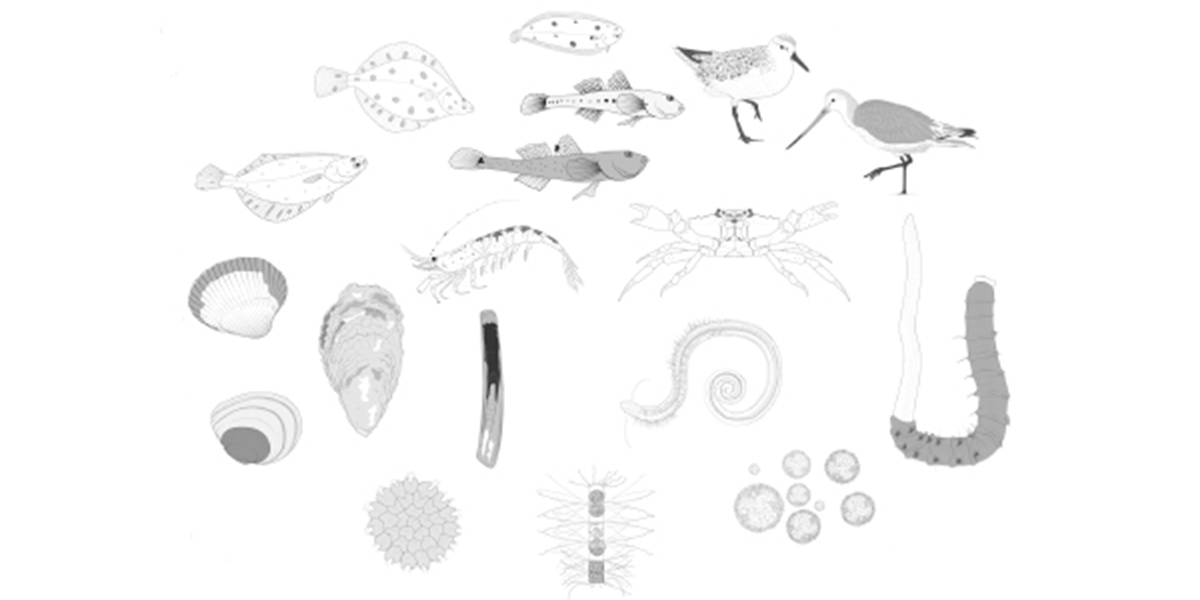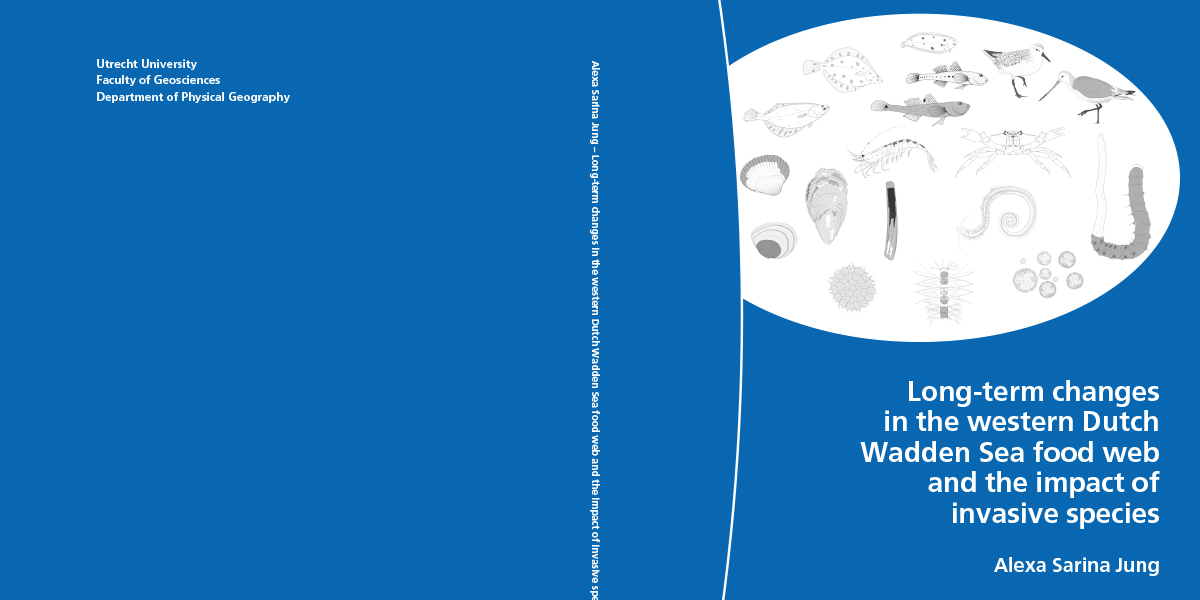Unravelling the impact of invasive species on the Balgzand food web

In her research, Jung puts special focus on historical long-term changes in environmental conditions and the arrival of invasive species in this area. The Pacific oyster, Atlantic razor clam and red-gilled mud worm are three of those new arrivals in the Balgzand food web. Jung: ‘I studied the effects of these three species on the trophic interactions, which determine the abundance, dynamics and persistence of communities within the food web of the tidal flats. The Atlantic razor clam is an extreme example of the strong impact that an invasive species can have on carbon flows and prey-predator interactions.’
Successful invasion
In the 1970s and ’80s, the Atlantic razor clam settled down on the relatively turbulent edges of the intertidal flats, which at the time no other species inhabited. The clam found a first-row spot to filter the planktonic algae from the water. Before the Atlantic razor clam and the Pacific oyster became booming, much of the carbon fixed by algae was transferred to fish and birds through the system of 'eat and be eaten'. After the arrival of these invasive species, which only a few fish and bird species managed to use as food, the transit of carbon to the rest of the food web came to a halt.

Long-term changes
At its peak, the Atlantic razor clam caused a true short-circuiting of the food web by altering the chains of predation and carbon flow. Jung shows that the success of new invasions can be strengthened or weakened by concurrent environmental changes. Jung: ‘In addition to the invasion, the Balgzand tidal flats experienced other long-term changes in different parts of the food web. This included changes in riverine nutrient supply and temperature, but also in the occurrence of other inhabitants such as a shift from juvenile flatfish to shrimps. Together, these factors shaped the Balgzand ecosystem and subsequently the potential of new species to become invasive.’

Defence
Long-term changes in the western Dutch Wadden Sea food web and the impact of invasive species
Sarina Jung
Supervisors: Prof. dr. ir. C.J.M. Philippart and Dr. ir. H.W. van der Veer
Utrecht University, March 8th 2021, 14:30